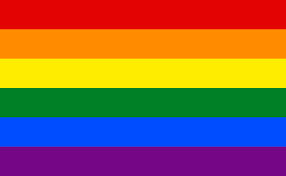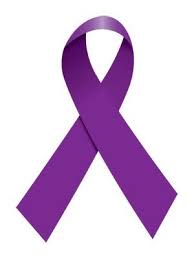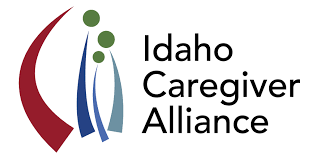What a beautiful world we live in. So many bright, vibrant colors that represent all aspects of our lives. This month, we focus on a specific set of colors, a rainbow of sorts. Since 1978, there has been a prominent presence of flags with these colors. Red, orange, yellow, green, blue, purple. Each color has a distinct meaning and represents desired qualities.

This includes, but is not limited to, spirit, harmony, healing, life, and nature; unfortunately, this has not been an easy task. Many people in the LGBTQ+ community have struggled with abuse and neglect as they move through life and It becomes increasingly challenging to access support and medical assistance as a member of this community ages.
According to the National Center on Elder Abuse, there is an estimated 9 million Americans that identify as lesbian, gay, bisexual, or transgender (LGBTQ). Approximately 1.5 million of them are 65 years of age or older. Historically, this older generation of LGBTQ individuals struggled with acceptance and understanding of their sexuality from their family, friends, and community. They felt the need to stay silent in order to protect themselves from the ridicule, judgment, and sometimes physical abuse that came from others disapproving of their lifestyle. In the last few years, we have seen a steady increase in acceptance which has allowed the older generation to feel more comfortable with being their authentic selves. Even with the change in acceptance for the LGBTQ community, the older generation still holds on to the fears of rejection from their early years. Because of this heavy prejudice, these older adults may be hesitant to seek medical or emotional support.
Describing elder abuse

Elder abuse is described as an act, or series of acts, that are harmful to an individual being cared for. These acts include physical abuse, sexual abuse, emotional abuse, financial/material exploitation, abandonment, and self-neglect. Signs of elder abuse come in many different forms.
Emotional and behavioral signs include isolation and unusual changes in behavior or sleep. Physical signs are easier to spot because they can be seen on the body. Broken bones, bruises, dirtiness or poor nutrition, and lack of medical aids are examples of physical signs.
How does elder abuse affect LGBTQ elders?
Unfortunately, there is a lack of proper studies that provide data to describe how much elder LGBTQ persons are affected by abuse; however, there are a few studies that provide us with a glimpse of what they are dealing with. From our understanding, LGBTQ elders experience some unique types of abuse. In some instances, same-sex couples are not allowed to have visitors, or their significant other isn’t allowed to stay in

the room with them overnight. The abuser will often make statements like “they aren’t going to believe you because your XYZ,” or “If you say anything everyone will know your secret.” According to the National Center for Elder Abuse, 8.3% of elders experience neglect or abuse from their caregivers because of homophobia, and 8.9% experience blackmail or financial exploitation.
Why is this important?

Elder abuse is underreported and is even more so in the LGBTQ community. Victims of elder abuse have a hard time admitting that the person who is caring for them is causing them harm. In a national survey, only 1 in 14 cases of elder abuse cases is reported. Members of the LGBTQ community have a harder time expressing that they are struggling because of their sexual orientation. Statistics have shown us that elder abuse is associated with increased rates of hospitalization.
What can we do to help?
You may be wondering how you can help decrease elder abuse in your community. Here is a list of ways that you can help:
- Learn the signs of elder abuse
- Prevent isolation by calling and visiting your friends and family members on a regular basis
- Talk to friends and family members about elder abuse and educate them on the signs
- Send a letter to the local newspaper, radio, or TV station suggesting that they cover World Elder Abuse Awareness Day on June 15.

